Amazon Brand Store, a creative branding tool offered by Amazon is one of the most effective ways to reach target audience and build brand affinity. It enables sellers highest level of creative freedom than any other advertising tool and it works as a multi layered shopping destination or a landing page for your off-Amazon advertising campaigns. Read this article to get a detailed understanding of Amazon Stores.
Try this when you Google “Bose Amazon” and see what happens. The Bose Amazon Store is the 1st organic link that shows up or you can also call it the Bose landing page on Amazon.

Try to Google “Your Brand + Amazon” and see what shows up.
What Is Amazon Brand Store?
Amazon Store is a DIY (Do-It-Yourself) tool that allows sellers and vendors to showcase their unique brand and line of products through multiple catalog pages and high-quality media. This free service is exclusively provided so that the sellers can give their customers a rich, immersive and website-like shopping experience.
Amazon store is a self-service feature, which is why it is highly customizable and flexible in terms of structure, content and modules. The only requirement for sellers to set up their own store is Amazon Brand Registry.
What is the Structure Of the Amazon Store?

Amazon Brand Stores are very flexible and completely customizable, so it is up to you to design it in such a way that it best represents your brand. Amazon provides you with a Blank template (where you can take image and content tiles as per your choice) and three pre-set templates (where you just need to fill the tiles with content and bring your dream store to life). The three pre-set templates may vary, depending on the product category. Let us discuss each of them:
- The Marquee: This template works great for displaying a part of your product offerings. It has a separate space for eye-catching imagery, content, customer quotes, etc.
- The Showcase: Ideal for those who want a less-text, image-heavy Amazon Store. This template has a lot of space for visual imagery and rich content.
- Product Grid: Suitable for brands who just want to showcase their wide selection of products and their prices in a to-the-point way.
How to Build an Amazon Brand Store?
Creating an Amazon Store is a simple and intuitive process. Here’s a step-by-step procedure of building your very own Amazon brand store.
1. Ensure Brand Registry Enrollment

The first step in building your Amazon Brand Store is to ensure your brand is enrolled in the Amazon Brand Registry account. This program offers a suite of tools designed to enable brands to represent themselves accurately and protect their intellectual property.
2. Access the Amazon Stores Dashboard
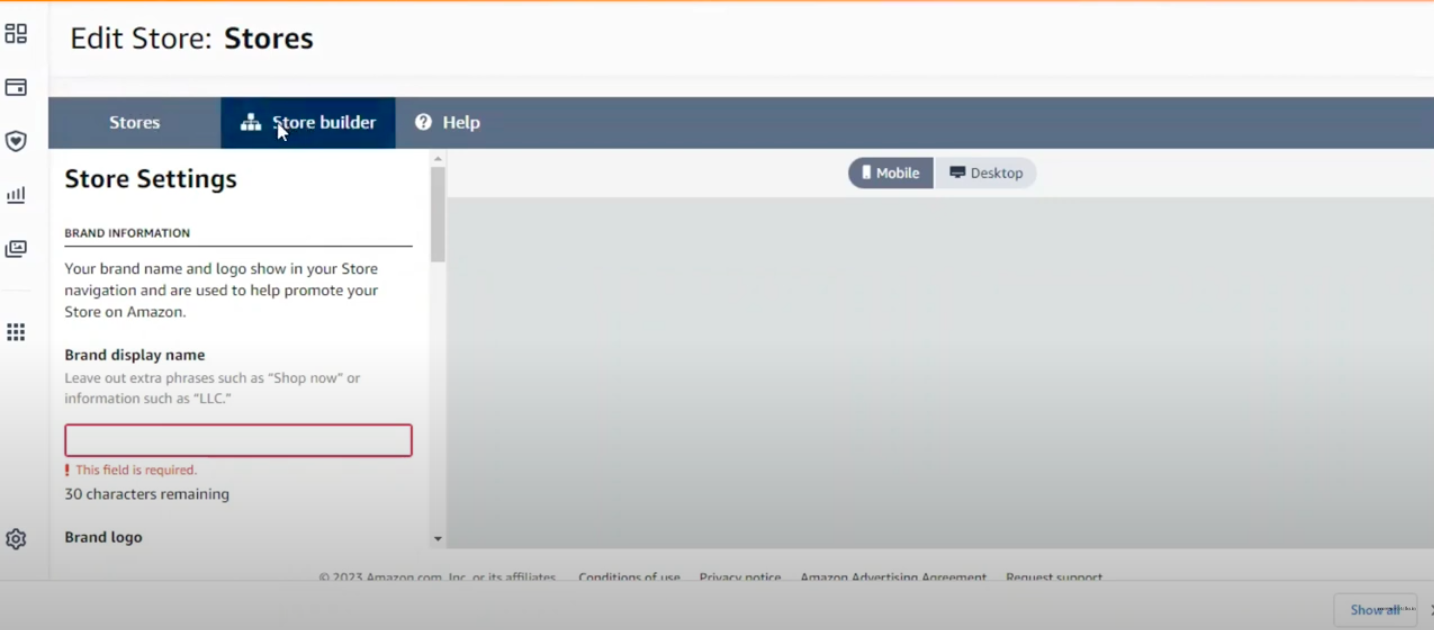
Once your brand is enrolled in the Amazon Brand Registry, the next step involves accessing the Amazon Stores Dashboard via your registered Amazon advertising account. This dashboard serves as your control panel for all things related to your Brand Store, including Amazon DSP functionalities. It allows you to create, manage, and monitor your store.
3. Add your Branding
After setting up your store, it's time to establish your brand identity by adding your distinct branding assets. Your brand name should be prominently displayed, supported by a high-quality brand logo—preferably 400 x 400 pixels or larger. Also, make sure to add the page meta description for your Amazon Brand Store, which helps improve your store’s visibility in search engine results. Equally critical is to ensure that your logo is visible in your store's header region by opting to display it there.
4. Choose a Store Template

Once you've added your branding, you're ready to select a Store Template. Amazon offers several templates designed to cater to various marketing needs and strategies.
5. Design Your Store

Next, you get to put on your creative hat and dive into designing your Amazon Brand Store. This involves arranging your different products in convenient categories, using text tiles to share critical information about your brand, and crafting unique sub-pages detailing your flagship products or seasonal offerings.
#1 Header Image:
This is the horizontal image that stretches across the top of your Amazon Brand Store. As it is the feature image that your customer will see first, it should announce your brand in a powerful way.
#2 Text Tiles:
For the text tiles, try to be as descriptive as possible, but at the same time, just don’t throw all the information you have, or else customers might lose interest. You can describe the unique features of the product, list their uses, how can they used, etc.
#3 Image Tiles:
Use enticing, high quality and professionally clicked images. Make sure that they showcase your product properly. You can also use lifestyle and product-in-use images so that the customers see how your product can be used and how it functions.
#4 Product + Text Tiles:
In some of the product tiles, you can also add text. Make sure you write the name of the product properly and keep it in between 4 to 8 words. Do not forget to mention the crucial product information like model name, compatibility, pack of information, etc. The image and text should focus on the main product and should not be too disrupting.
Whenever it comes to Amazon Store, your text and images should be in sync with your brand voice and should clearly communicate how your brand can benefit the customers.
6. Preview and Edit Your Store

Before taking your Brand Store live, it's vital to preview the online store storefront to catch any inadvertent errors or discrepancies. Check your store for any typos or grammar mistakes, verify the validity of the information provided, and validate whether everything aligns with your brand image.
7. Optimize Your Brand Store for Mobile Shoppers
Given the significant shift in consumer behavior towards mobile shopping, optimizing your Brand Store for mobile users in real time is non-negotiable. amazon's store Builder ensures that every version of your Store created for desktop view automatically generates an equivalent for mobile devices.
8. Submit Amazon Store and Approval Process

Once you are done uploading the text, images and products, it’s time to submit the Amazon Store. Click on “Submit for Publishing” to activate the review and approval process. Amazon will approve or ask you to make some changes as per the Amazon Brand Store guidelines.
9. Launch Your Store
Once your Amazon Brand Store gets approval, it is ready for launch. Now is the moment when you can finally expose your carefully curated storefront to millions of Amazon shoppers. Keep a close eye on the insights during the initial period post-launch, as these metrics can provide invaluable data regarding shopper response, interaction levels, and potential areas of improvement, and generally guide your next steps in optimizing your Amazon Brand Store for ultimate performance.
10. Promote Your Amazon Brand Store
Launching your Amazon Brand Store is just the starting point. To maximize its effectiveness and reach, proactive promotion of your store is crucial. You can drive traffic to your Brand Store via Sponsored Brands, Sponsored Display campaigns, or through the brand byline on the product detail pages. Another effective strategy involves sharing your Brand Store's unique URL on external platforms like your own website, social media channels, social media campaigns, or email newsletters. These promotional efforts can significantly heighten your store's visibility and boost customer interactions.
Examples of a Good Amazon Brand Store
Now that you know what Amazon Brand stores are and how they can benefit your business, let's take a look at some examples of good Amazon brand stores.
1. Samsung

Why It’s Good:
- Rich Multimedia: The use of videos and images highlights product features and innovations.
- Dynamic Categories: Easy navigation between product lines like smartphones, TVs, and home appliances.
- Promotions and Deals: Dedicated sections for special offers and new releases, encouraging purchases.
- Customer-Centric Focus: Includes testimonials and FAQs to address common questions.
2. Google Fitbit

Why It’s Good:
- Clear Branding: The storefront prominently features Fitbit's logo, tagline, and brand colors, ensuring consistency and recognition.
- Organized Layout: Products are grouped by categories like fitness trackers, smartwatches, and accessories, making navigation simple.
- Lifestyle Images: High-quality visuals show the products in use, helping customers envision how they fit into their daily lives.
- Educational Content: Features comparison charts and details about product features, enabling informed decision-making.
3. The Honest Company

Why It’s Good:
- Storytelling: Highlights the brand’s mission and commitment to safe, eco-friendly products.
- Simple Navigation: Organized tabs for baby products, cleaning essentials, and skincare items.
- Engaging Design: Bright, clean visuals reflect the brand’s identity, creating a pleasant shopping experience.
- Product Highlights: Clear descriptions of key product benefits and certifications, like "dermatologist-tested".
4. KitchenAid

Why It’s Good:
- Focus on Product Variety: Showcases a wide range of products like stand mixers, blenders, and cookware.
- Aesthetic Appeal: Clean, modern design with high-quality product images.
- Educational Content: Includes recipes and tips for using their products, adding value for customers.
- Seasonal Promotions: Highlights deals and limited-edition products to create urgency.
5. HP

Why It’s Good:
- Professional Design: The storefront reflects HP’s corporate branding with a sleek, modern layout.
- Product Segmentation: Products are divided into clear categories like laptops, printers, and accessories, ensuring easy navigation.
- Feature Highlights: Includes detailed product descriptions and highlights key features like performance, design, and functionality.
- Customer Support Links: Provides quick access to warranty details and customer service, enhancing trust.
- Promotions: Dedicated sections for discounts, bundles, and limited-time offers encourage conversions.
How can a Brand Store Benefit Your Business?

Amazon Stores allows you to connect with consumers in ways other advertising options and branding tools can’t. Here are some ways brand store can benefit your busine

1. Drive Brand Awareness & Build Brand Affinity
Amazon Brand Stores are an excellent opportunity to convey your brand story to the customers. Because of the highly customizable templates and rich multi-media content, you can match your brand store to your website. You can choose from many of the available options like images, videos, headers, footers, content grids, scroll grids, content tiles and much more.
If created the right way, Amazon Stores helps your brand to build a unique identity amongst the pool of hundreds of other similar brands who are selling almost the same product as you.
2. Highlight The Standout Features Of The Product With Eye-Catching Graphics
Use of rich multimedia options like images, content and video tiles can help you explain to the shoppers why your product is the best. Just like you highlight your unique selling points in the Enhanced Brand Content, in the Amazon Brand Store also, you can bring out the standout features of the product by creating eye-catching information-packed images and banners.
3. Increase Visibility & Traffic
Amazon Stores are a great way to leverage both on-Amazon and off-Amazon traffic. You get the features products or your whole product selection in front of more eyeballs.
- Internal Traffic: Your Amazon Store can be used as a landing page for Sponsored Brand Ads. You can either direct the shoppers towards your Amazon Brand Store home page or other pages.
- External Traffic: The external traffic you get from off-Amazon activities like Google and social media marketing can be diverted towards your Amazon Store. Each Amazon Brand Store has its own URL. You can also customize the URL according to your choice e.g., amazon.com/stores/AmazonBasics and use this URL as a landing page in your off-Amazon advertising campaigns. Now, you can also measure the success of your off-Amazon campaigns, thanks to the Amazon Attribution Program.
Also, Amazon Brand Stores are optimized for both mobiles and desktop shopping experience, which allows you to catch the attention of shoppers at home and remote.
Pro Tip for using Amazon Brand Store in external campaigns
The most beneficial perk of using Amazon Brand Store is that you can use off-Amazon also. You can use your Brand Store as a landing page for all of your advertising campaigns outside Amazon, like email campaigns, marketing and social media campaigns, blog posts and videos.
4. A Platform For Launching Products
Amazon Brand Stores are a great channel to launch new products as it allows you to reach a maximum number of existing as well as new customers. This is because these Brand Stores are not just exclusive to Amazon. They can be used in all of your marketing campaigns and you can also include them in your ads, social media platforms, website and press releases, or link them in your YouTube videos or Instagram stories.
5. Exclusive Deals and Promotions
An Amazon Brand Store allows sellers to highlight Exclusive Deals and Promotions, a compelling marketing strategy for increasing sales velocity on Amazon. By creating a specific section for 'special offers' or 'promotions,' you can instantly draw attention to discounted products, seasonal sales, or special bundle offers.
6. Improve Customer Retention
Creating a superb shopping experience within your Amazon Brand Store is a potent tool for customer loyalty and retention. A well-designed and carefully curated Brand Store allows you to showcase your products in a way that resonates with your target audience and accurately reflects your brand's values, increasing customer trust and loyalty.
7. Leverage Amazon’s Tools for Insights
Leveraging the performance monitoring tools offered by Amazon can unlock new levels of insights and understanding about your customers’ behavior and preferences. Store Insights, an integrated feature provided by Amazon, offers brands access to vital analytics, including sales, visits, page views, and details about traffic sources.
8. Create a Cohesive Brand Experience
A neatly structured and visually appealing Amazon Brand Store provides a platform for businesses to create a cohesive brand experience. Whether it's the strategic display of your logo or the application of consistent colors, fonts, and styles across pages, every design choice can contribute towards imprinting a distinct brand image into the minds of customers.
How to Boost Discovery of Your Amazon Brand Store?
Boosting the discovery of your Amazon Brand Store involves a cocktail of strategies, both within the Amazon ecosystem and beyond. Here are some tips to improve your store’s discovery on Amazon.
1. Optimize Your Amazon Brand Store
Optimizing your Amazon Brand Store is paramount for increasing your store's discoverability. This involves adjusting your store structure and content based on performance metrics via Store Insights to maximize effectiveness.
2. Leverage Amazon Advertising
Amazon Advertising stands as a potent tool for amplifying the visibility of your Brand Store. Sponsored Brands and Sponsored Display campaigns can directly drive traffic to your Brand Store or specific product pages within it, while amazon ads can further enhance your promotional efforts.
3. Promote Your Store Outside Amazon
Expanding your promotional efforts beyond Amazon can also prove highly beneficial. External marketing activities, such as promoting your Amazon Brand Store on your brand’s website, social media platforms, or via email campaigns, including social media marketing, can increase your store's visibility significantly.
4. Improve Organic Discovery
Improving organic discovery is another critical task for a successful Amazon Brand Store. This involves optimizing your store to rank higher on Amazon’s internal search results, leading to more organic traffic.
Certain practices like regular updates to your store, keeping all information accurate and updated, and refreshing your content often can help improve your store’s organic discovery. Incorporating trending keywords in your Amazon Brand Store descriptions and listings, along with showcasing a range of products in different categories, can significantly bolster your store's organic ranking, attracting more potential customers without the need for paid promotional campaigns.
5. Offer Exclusive Promotions
Exclusive promotions work as an efficient strategy to drive customer traffic and increase sales. By interacting with your audience through enticing deals, discounts, and offers, you can increase your customer base while encouraging repeat purchases from existing shoppers.
6. Use Amazon Posts
Using amazon posts can enhance your Amazon Brand Store's visibility and customer engagement. Amazon Posts is a free feature that allows brands to share content with shoppers, much like traditional social media posts.
These posts, comprised of images, captions, and relevant hashtags, show up on the product detail pages and other places around Amazon, letting you showcase your products and brand personality in a more casual, engaging way.
7. Collaborate with Amazon Influencers
Amazon influencers are key figures within their area of interest or specialty who have garnered significant followers based on their credibility and prowess. By collaborating with these influencers, brands can reach a much wider audience while benefiting from increased overall credibility. Aligning with influencers that resonate with your brand and products can bolster customer trust and inspire purchases.
8. Leverage Amazon Vine and Early Reviewer Programs
Amazon Vine and Early Reviewer Programs are practical tools to generate early reviews for new or pre-release products. In these programs, Amazon invites trusted reviewers to post opinions about new products, helping customers make informed decisions and assist brands in gaining early traction. The Vine program particularly caters to vendors while the Early Reviewer program is open to both vendors and third-party sellers.
9. Focus on Mobile Optimization
Given the shifting customer trend toward mobile shopping, focusing on mobile optimization for your Amazon Brand Store is of paramount importance. Amazon provides several tools for optimizing your store for mobile shoppers, ensuring seamless navigation and shopping on smaller screens.
Why is it Important to Monitor Store Performance?
Monitoring your Amazon Brand Store's performance, including brand store insights, is key for two primary reasons: refining current business strategies and shaping future ones.
Key metrics to measure
For a robust performance evaluation of your Amazon Brand Store, a few key metrics come forth as particularly relevant. These comprise:
|
Metric |
Description |
|
Sales |
Total sales generated by your store within a selected date range. |
|
Visits |
Total visits to your Brand Store within a selected date range. |
|
Views per visitor |
Average number of page views per visitor. |
|
New to Store visitors |
First-time logged in visitors in the last 12 months. |
|
Dwell time |
Average time spent by a shopper on your store. |
|
Bounce rate |
Percentage of visitors who visit the Store and leave without interacting. |
Monitoring these metrics can provide actionable insights to underline winning strategies, flag potential pitfalls, and form a roadmap for future optimization endeavors.
BeBOLD Digital: Build Stunning Amazon Stores That Drive Sales
Your Amazon store is more than just a sales channel—it’s the heart of your brand on the world’s largest e-commerce platform. At BeBOLD Digital, we specialize in creating eye-catching, high-performing Amazon stores that showcase your products and captivate your customers.
With our expertise, you’ll have an Amazon store that doesn’t just look great—it builds trust, enhances visibility, and drives revenue. Let BeBOLD Digital help you stand out in the competitive Amazon marketplace.
Take your brand to the next level. Partner with us today and build an Amazon store that sells!
Conclusion
In today's digital age, owning an Amazon Brand Store isn't just an option—it’s an essential asset. By providing a powerful platform that empowers sellers to engage, convert, and nurture loyalty among millions of Amazon shoppers, a well-crafted storefront elevates your brand by increasing visibility, showcasing the best you have to offer, and building meaningful relationships with your customers. If you're ready to take your eCommerce business to the next level and capitalize on the Amazon marketplace, creating your own Brand Store is undoubtedly a step in the right direction.
Frequently Asked Questions
How can shoppers find brand stores?
Shoppers can discover Brand Stores through Amazon's internal search results, Sponsored Brands campaigns, product detail page bylines, or directly via a unique URL (e.g., amazon.com/brand-name) on the mobile app, making the store easily accessible from any user point within the extensive Amazon marketplace.
How long does it take to create an Amazon Brand Store?
The timeframe to create your Brand Store largely depends on your design and content complexity level. While basic stores can be set up in a few hours, highly detailed ones may require several days. Do remember, the approval process can take up to 24 hours.
Do I need to be a registered brand to have a Brand Store?
Yes, to build an Amazon Brand Store, you must enroll in the Amazon Brand Registry, requiring an active registered trademark on your brand appearing on your products or packaging.
Want to build an Amazon store that sells? Look no further. Contact us now!

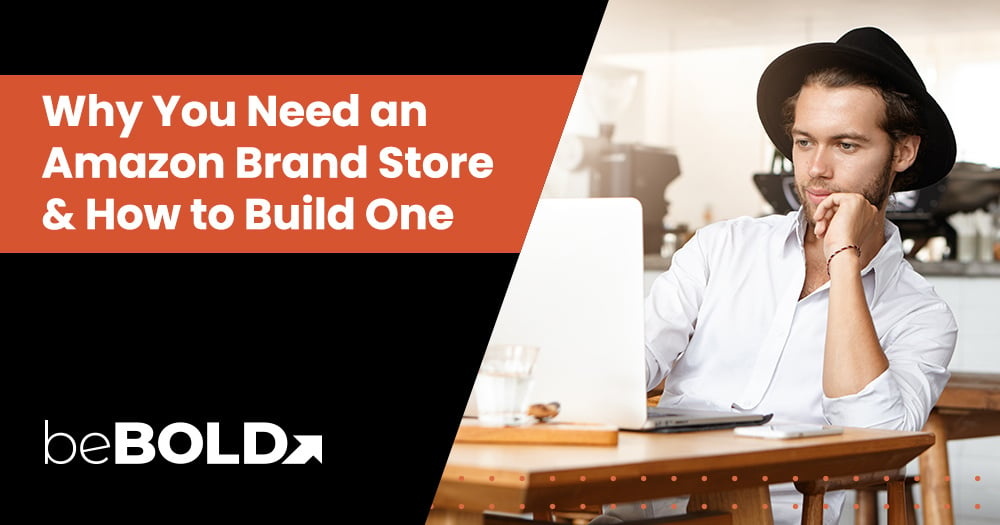



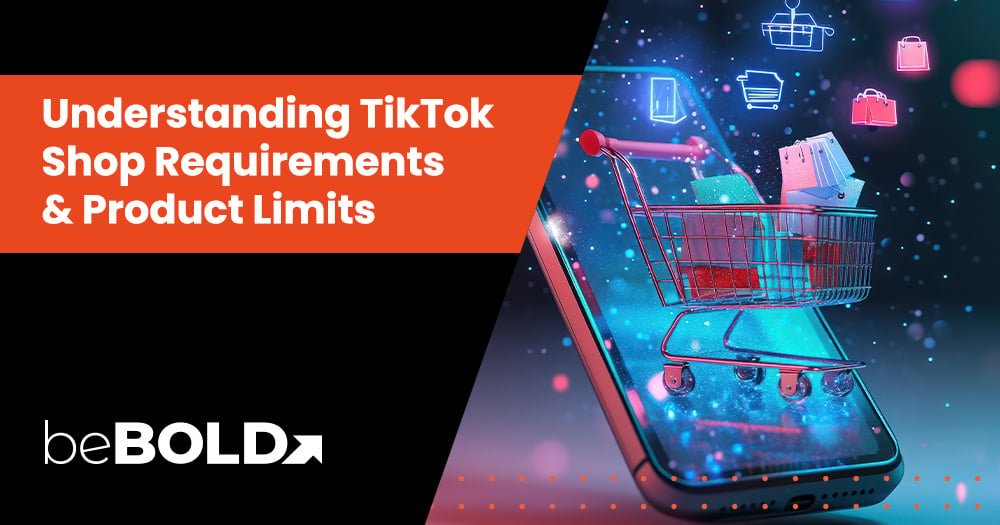
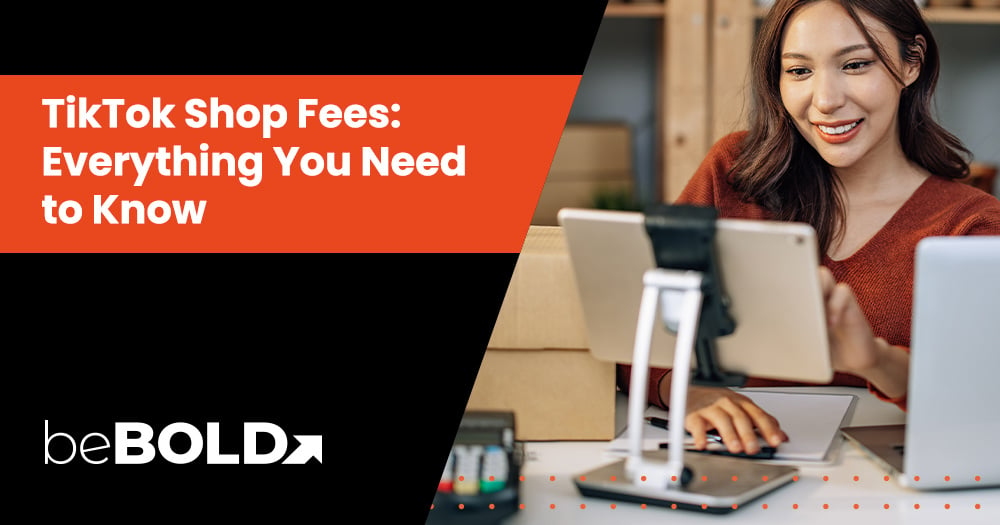
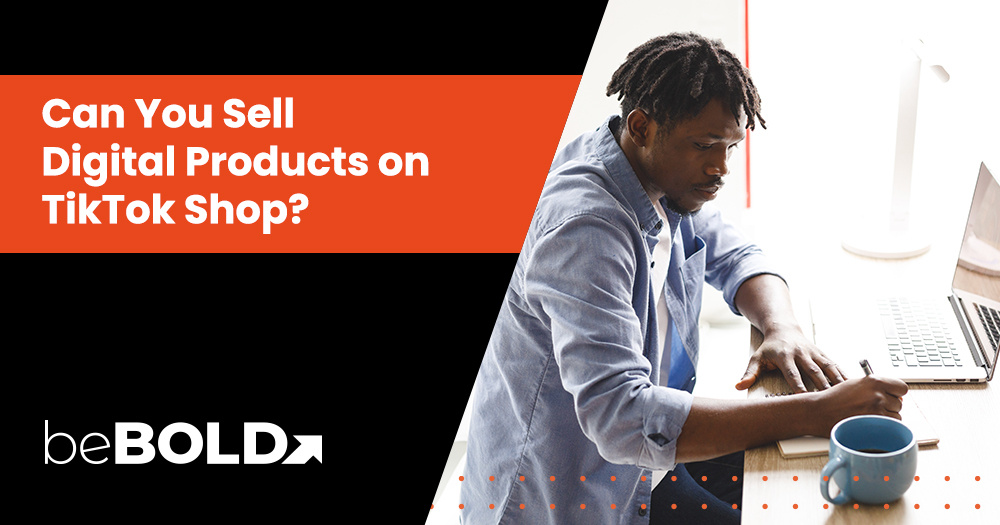
Comments